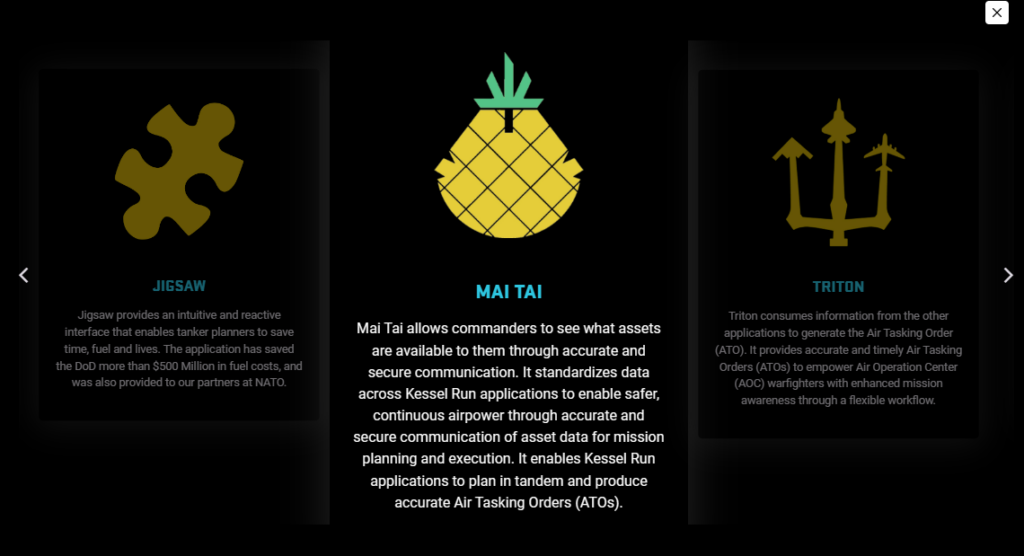Agile project management has been gaining traction in the US military in recent years to improve the efficiency and flexibility of military operations. Agile methodologies, such as Scrum and Kanban, have proven to be effective in managing complex projects and adapting to changing circumstances.
Agile Project Management Advantages
One of the main advantages of agile project management in the military is its ability to handle uncertainty and adapt to changing conditions. Military operations often take place in unpredictable environments and are subject to constant changes in priorities and objectives. Agile project management allows teams to quickly respond to changes and adjust their plans accordingly.
An added advantage is its focus on collaboration and communication. Agile teams work closely together, with regular meetings and status updates, to ensure that everyone is on the same page and that any issues are identified and addressed quickly. This is especially important because coordination and communication are critical to success.
The US military has been using agile project management in several different areas, including logistics, intelligence, and software development. For example, the US Army has been using Scrum to manage logistics operations in Iraq and Afghanistan, while the US Navy has been using Kanban to manage the development of software systems. The Air Force has a division within Air Force Life Cycle Management Center’s Digital Directorate called Kessel Run that uses various agile methodologies to architect, manufacture and operate systems.

The US military has also been making a move to the cloud which increases agility within organizations where in the past they were limited to often outdated systems.
Agile Project Management Challenges
One of the challenges of using agile project management in the military is the need to balance the flexibility and adaptability of agile methodologies with the strict regulations and procedures that are required in military operations. Agile teams in the military need to be professionally trained and understand the unique constraints and requirements of their mission. This can be a difficult undertaking as teams frequently change due to the nature of external programs such as PCS (permanent change of station) cycles, and constantly changing leadership.
Another challenge is getting buy-in from all stakeholders. Agile projects require a different mindset and way of working than traditional projects, so it can be difficult to get everyone on board. It’s important for leadership to communicate the benefits of agile and be willing to make the necessary changes organizations wide to support it.
Despite these challenges, agile project management has been shown to be an effective approach for managing military operations. Its ability to handle uncertainty and adapt to changing conditions, as well as its focus on collaboration and communication make it an ideal approach. The usage of agile in the military will likely continue to grow.
Agile project management is a valuable tool for the US military to improve efficiency and flexibility of operations. Its ability to handle uncertainty, adapt to changing conditions, collaboration and communication make it a suitable approach. It is important for the military to properly train and understand the unique constraints and requirements of their mission to make the best use of agile methodologies. With appropriate training and buy-in from stakeholders, agile project management can be a powerful tool for the military to achieve its objectives.


Leave a Reply